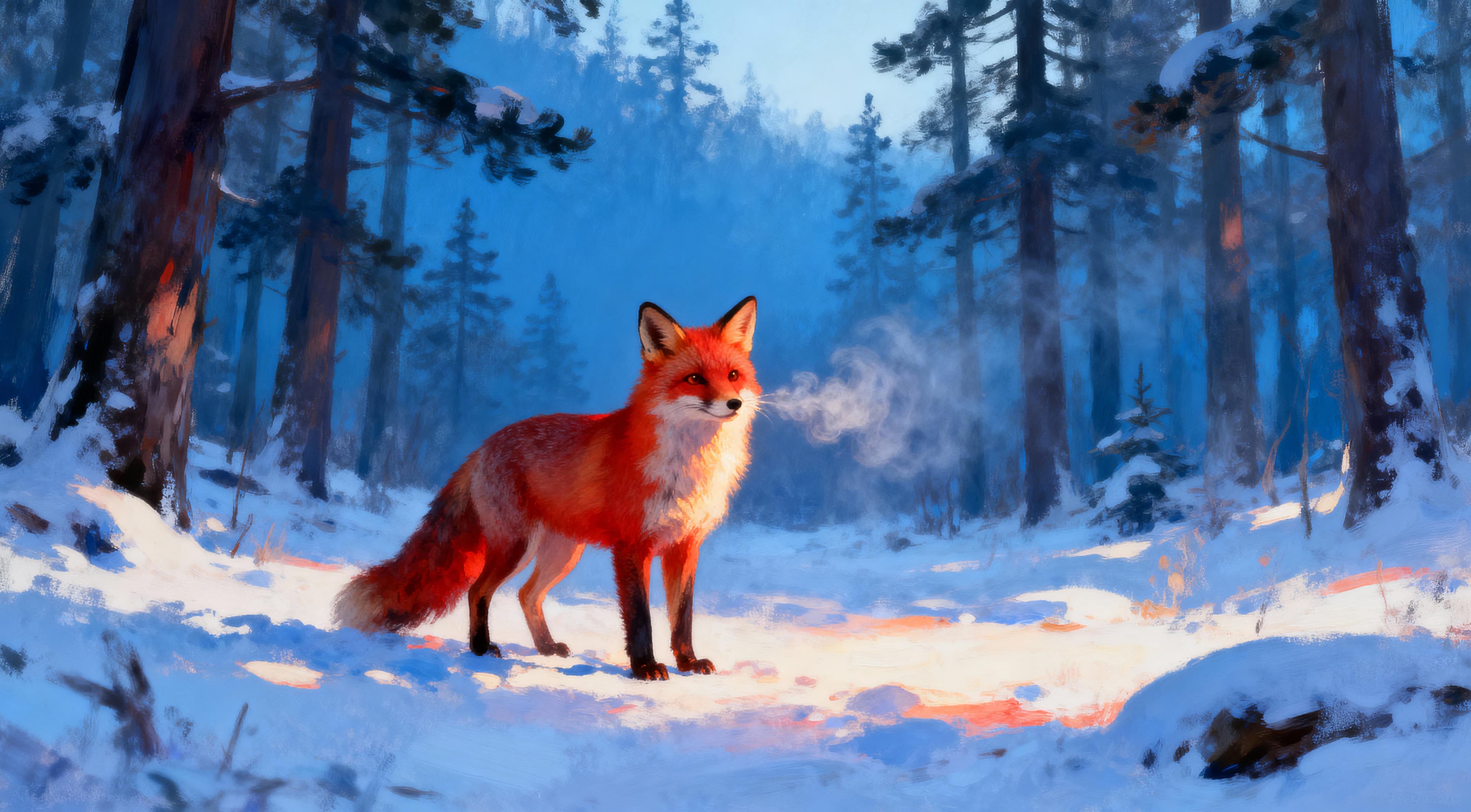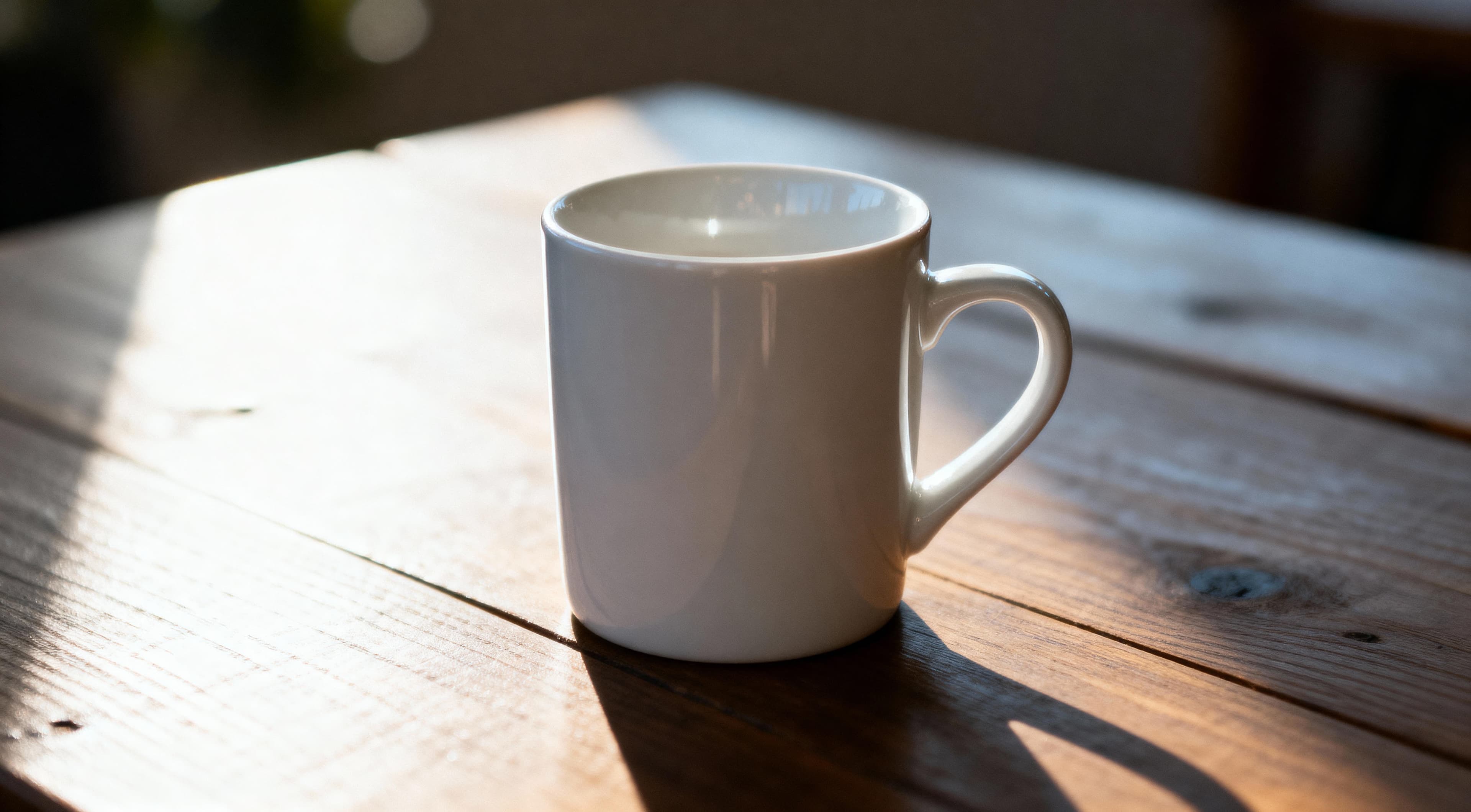Image Generation Best Practices
Learn prompting technique and best practices to make best use of image generation models.
Quickstart
-
Think like an art director, not just a describer: specify what you want to see in the image, including composition, mood, and technical style.
-
Write what you want to appear: use direct statements (e.g., “a watercolor painting of a red fox in a snowy forest”) rather than commands or questions.
-
Focus each prompt on a single subject or concept per image. For multi-image workflows (e.g., style transfer, inpainting), clarify the relationship between each input image and the desired output.
-
Integrate photographic or artistic terms to guide the model’s rendering—mention lens style, lighting, atmosphere, or artistic movement if relevant.
-
Iteratively refine prompts: start simple and expand details step by step if the first output isn’t close enough.
-
If image text is crucial, enclose desired text in quotes within your prompt.
What Gives Best Results
| Strategy | Why It Helps | Tips |
|---|---|---|
| Be specific & concrete | Stops ambiguous/unstable outputs | “sunset over misty mountains with pines silhouetted in foreground” |
| One main subject/focus | Models can be easily confused | Stick to “child reading a book on a park bench” rather than several actions/subjects at once |
| Use technical/art terms | Model maps these to visual cues | “macro shot, soft light, shallow depth of field, watercolor style” |
| Guide composition/camera | Controls framing and realism | “over-the-shoulder perspective, wide shot, centered subject, Dutch angle” |
| Define lighting/atmosphere | Increases depth and richness | “backlit by golden hour sun, morning mist, subtle haze, lens flare” |
| Specify color & style | Controls consistency and mood | “pastel palette, cinematic color grading, cool tones, minimalist” |
| Iterative prompt refinement | Gets closer to your vision | Adjust one detail at a time, test and tweak composition, colors, or subject |
What to Avoid
-
Request/conversation style: avoid “Can you please draw…” or “Please generate…”. Use direct descriptions.
-
Overloading one prompt: don’t cram multiple unrelated objects, actions, or styles into a single prompt.
-
Too abstract or metaphorical: e.g., “emotions in color” is too vague—be visual and literal.
-
Long chains of unrelated adjectives: “epic, huge, cold, warm, soft, electric, ancient, modern, winter” is counterproductive.
-
Omitting negative constraints: expect more distortions without them, especially from generalist models.
-
Rapid mood/style switching: don’t mix “pixel art fantasy” with “photo-realistic noir” in one prompt.
-
Ignoring composition/camera guidance: model defaults can be bland or off-balance.
Examples
Example 1 – Fox in Forest
Prompt:
#Details - A vibrant, hand-painted illustration of a red fox standing alert in a snowy forest; soft blue morning light glinting off the snow.
#Composition - Centered, eye level, wide shot with tall pines in background.
#Lighting & atmosphere:- Subtle mist, illuminated breath from the fox, cool color palette with warm highlights.Output

Example 2 – Product Photography Mockup
Prompt:
#Details - Modern, minimalist photo of a white ceramic coffee mug on a wooden table; soft sunlight streaming from left; shallow depth of field focuses on the mug, gentle bokeh in background.
#Composition - Medium close-up, mug centered.
#Lighting & effects- Morning light, crisp highlights, natural shadows.Output

Compare to Poor Prompts
-
“Make a great image of nature.”
-
“Beautiful scene with animals, trees, sun, rain, clouds.”
-
“Please draw a Van Gogh version of a mug with sparkles and a cat and words on it.”
Technical / Artistic Terms Cheat Sheet
| Category | Example Terms |
|---|---|
| Camera / Framing | overhead, close-up, wide shot, Dutch angle, bokeh |
| Motion / Blur | soft focus, shallow depth of field, motion blur |
| Lighting | rim light, soft light, volumetric, studio lighting |
| Color / Style | cinematic grade, pastel palette, monochrome, sepia |
| Painting Styles | watercolor, oil paint, digital painting, sketch |
| Negative Prompts | —no watermark, —no text, —no distortions |
| Quality | ultra-detailed, 8K, hyper-realistic, photorealistic |